There are so many filmmaking techniques and styles that Martin Scorsese is known for. Gangster movies and New York settings are his biggest trademarks, and he was one of the pioneers of quick editing and long tracking shots. The filmmaker is known for experimenting with new concepts and trying out new advancements in the industry, but not all of them stick.
They say that old dogs can’t learn new tricks, but Scorsese always uses his movies as an excuse to further expand his moviemaking expertise. Between the use of 3D, directing a sequel, and shooting on digital cameras, Scorsese will try anything once.
10 Kids Movies
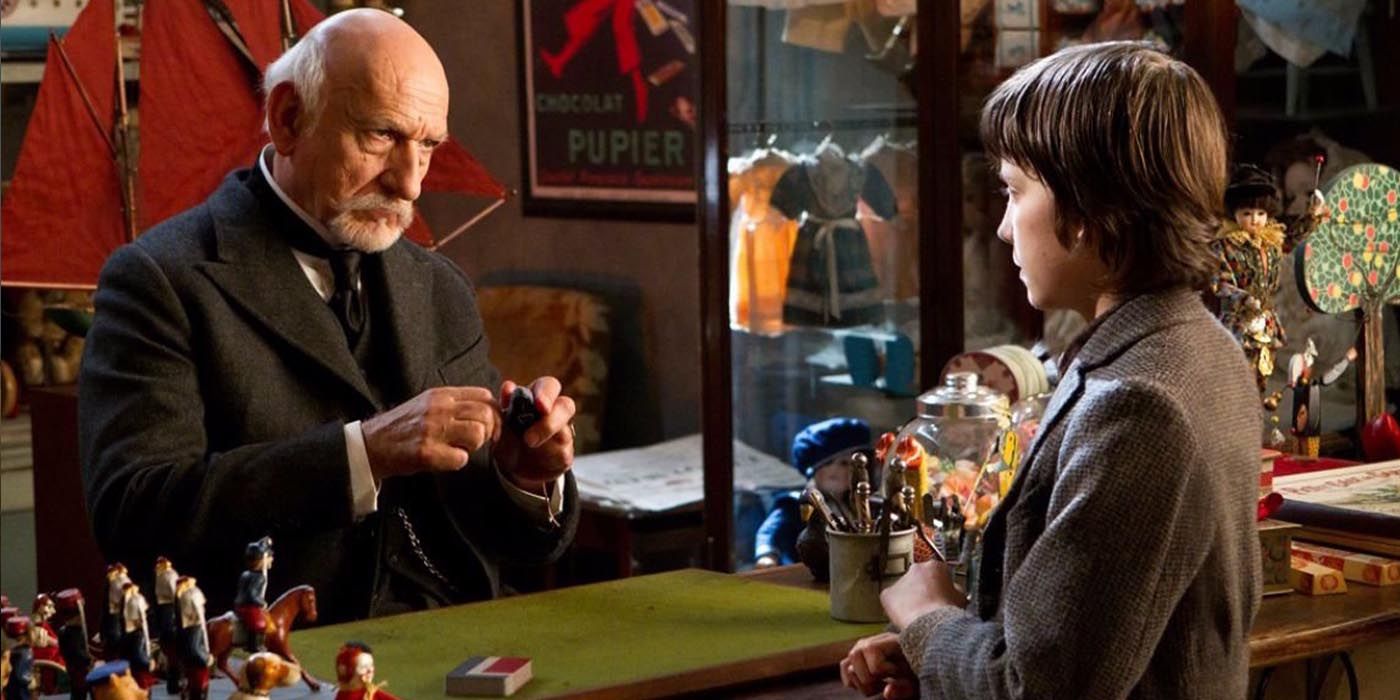
Scorsese is arguably one of the greatest American filmmakers. He creates gruelingly realistic depictions of vigilantes on downward spirals who more often than not end up in jail. But needless to say, viewers need to be a certain age to watch them. It wasn’t until more than 40 years into his career that he made a kids' movie with Hugo.
The movie still features many of Scorsese’s tropes, such as the grand tracking shots and quick editing, but for fans of the director, it jarringly plays into the overly sentimental narrative. However, it was more of an experiment than anything, as the director quickly returned back to graphic violence and an unflinching level of curse words with The Wolf of Wall Street.
9 Shooting In A Different Country To Represent New York
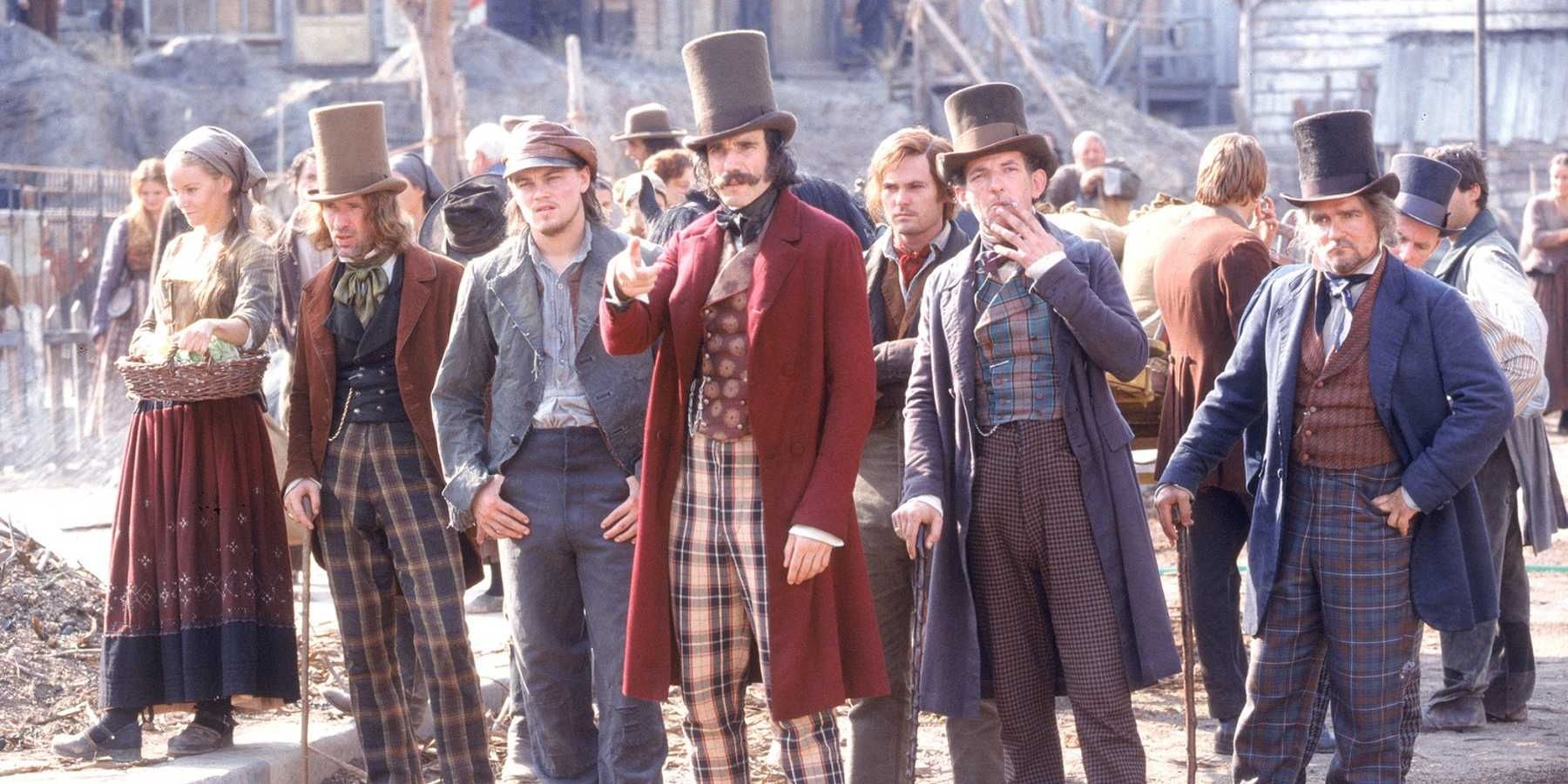
Movies that are based in New York aren't always shot in New York, and they’re filmed in locations that are made to look like the city. This could be because of scheduling conflicts or because it’s much cheaper to shoot elsewhere. But Scorsese is so infatuated with the city that regardless of logistics and costs, he is adamant about shooting in the real location.
The director moved away from this strategy once, as he shot most of Gangs of New York in Rome. Some Redditors don’t like Gangs of New York, but there’s no denying how much scope the movie has, and that’s why it was shot in Italy. It was the easiest way Scorsese could build an entire mile of mid-nineteenth-century New York buildings. However, whether it was because of the strenuous process or because it was too far from home, it’s a production move he hasn’t repeated since.
8 Narratives Set In Europe
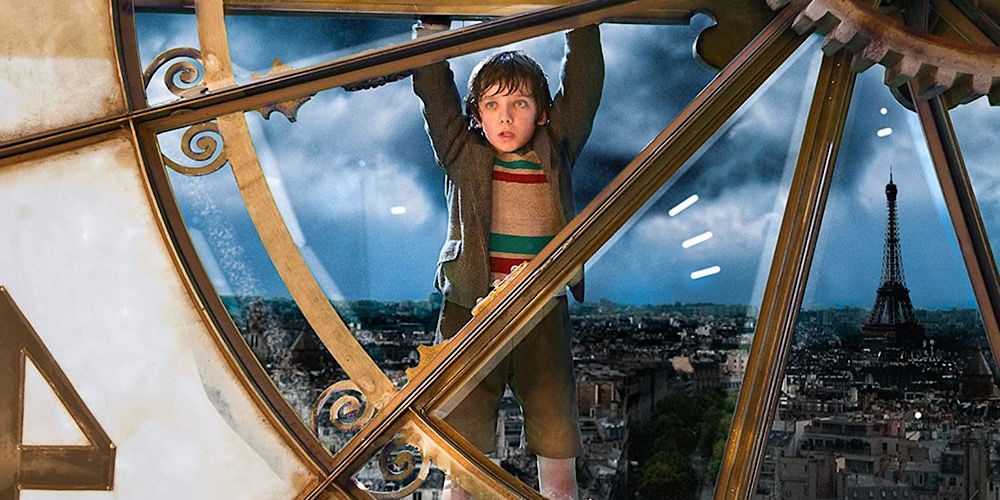
More than 10 of Scorsese's movies have been based in the Big Apple, and the city has such a presence that it's almost a character itself. Rarely does the director base movies outside of the city, let alone in another country.
2011 saw the release of Hugo, which was a unique movie for Scorsese in many ways, but it is the only one he has directed that was based in Europe (specifically France). Scorsese has never based a film in the UK or even in Italy (which is the home of his ancestors) and ever since 2011, the filmmaker hasn’t returned to the continent.
7 Giving Himself A Role With Dialogue
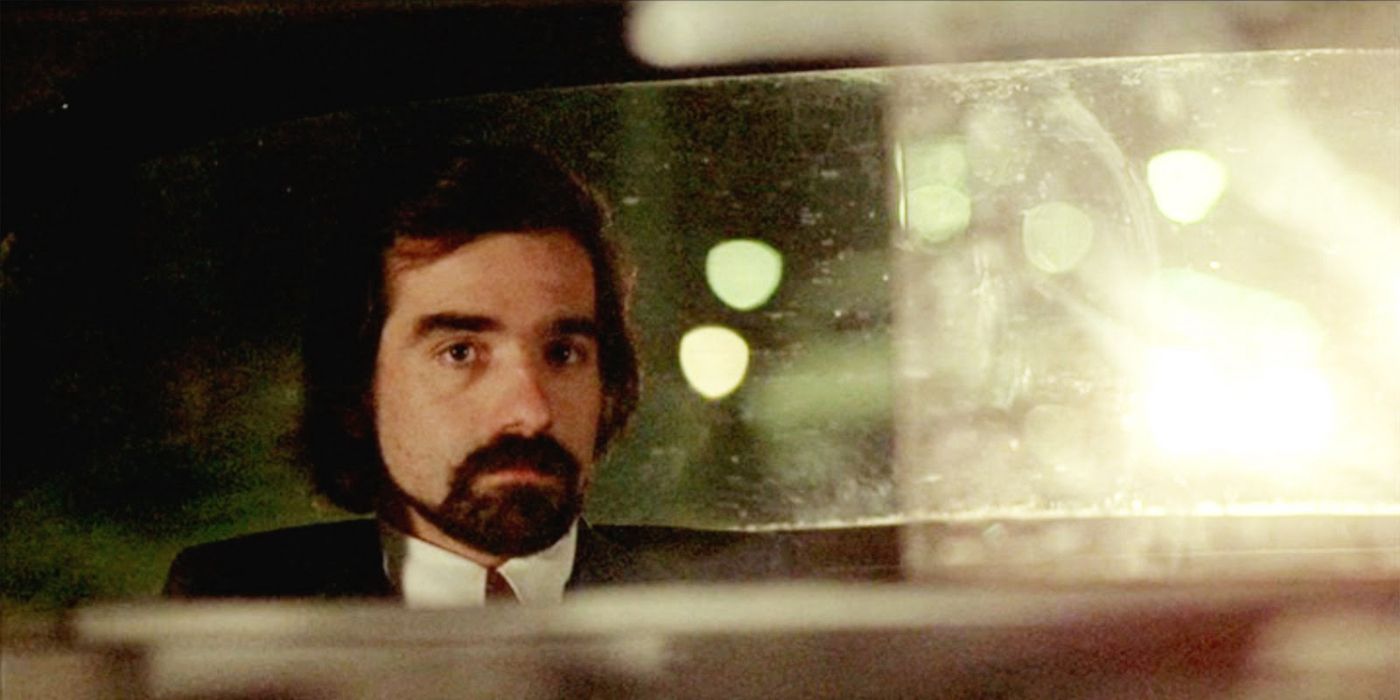
Martin Scorsese is one of the few directors who had a cameo in Entourage, and he has also given himself cameos in his movies too. The cameos are either him in the background or only the sound of his voice. He can be seen in the background in Silence and he is the first client that Jordan Belfort speaks with on the phone in The Wolf of Wall Street.
But in Taxi Driver, the director had more than just a cameo, as he played a customer of Travis Bickle’s, who talks about his wife cheating on him, in an intense and unnerving scene. Scorsese gives a surprisingly powerful performance and, strangely, he never gave himself another role since.
6 Sequels
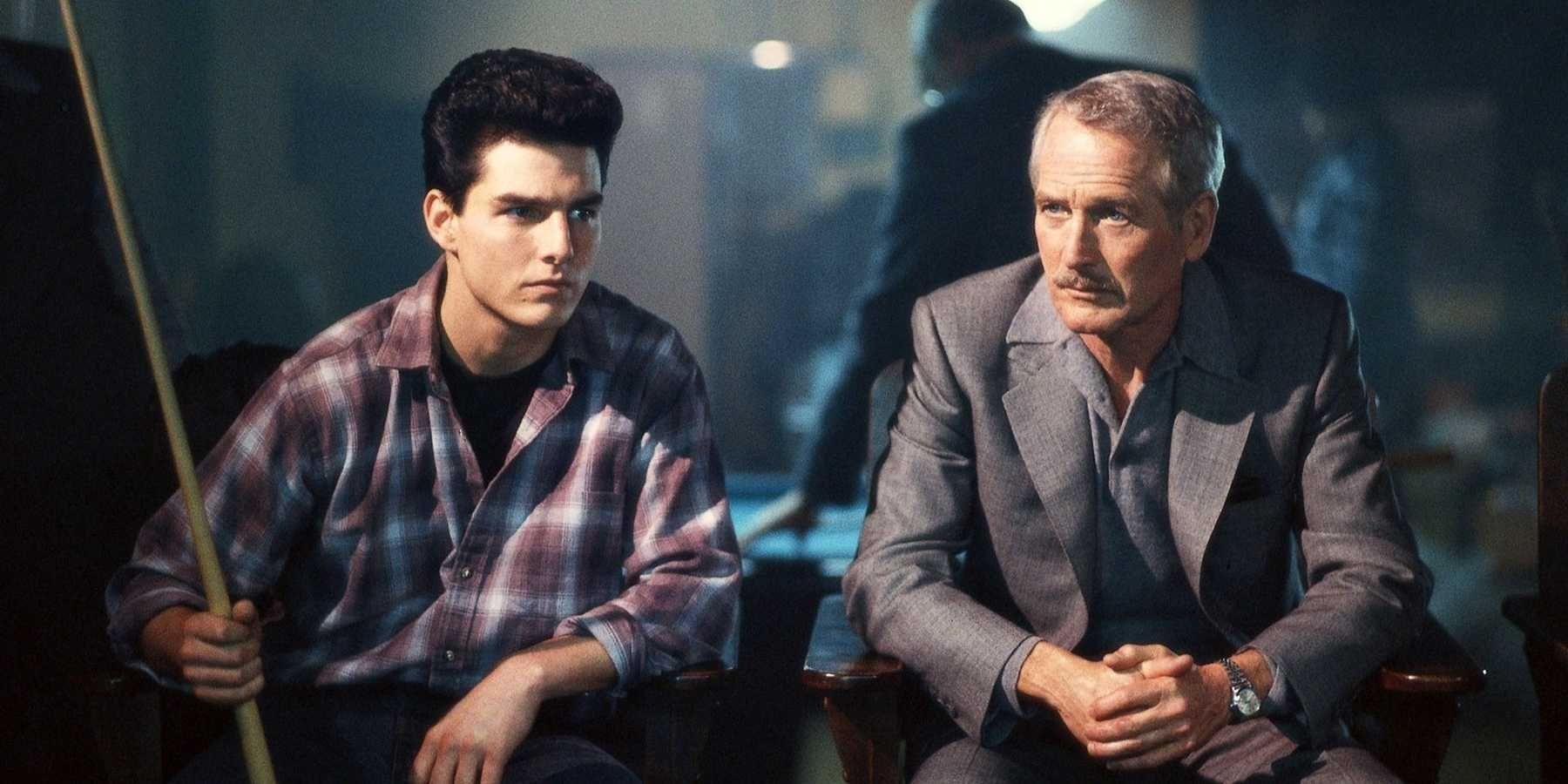
Most of Scorsese’s filmography are adaptations of novels or biographies of famous Americans in history. However, this changed in 1986 when he directed Color of Money, the sequel to The Hustler. The movie follows a dynamic duo who are pool-playing experts and go around the circuit hustling other players. Scorsese makes the sport exciting in a way that only he can.
But he has never made a sequel in the time since. Fascinatingly enough, Martin Scorsese almost directed The Godfather Part II when director Francis Ford Coppola briefly turned it down, and it would have been a very different movie.
5 Shooting On Digital Cameras
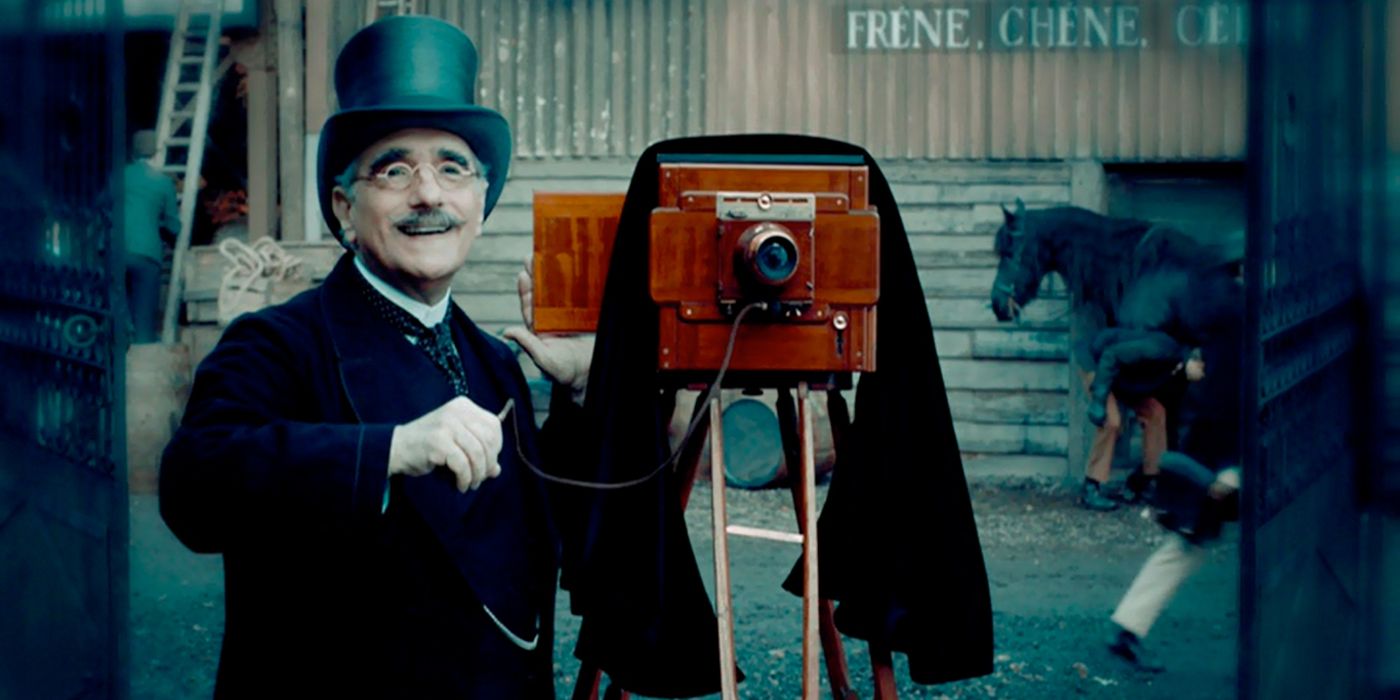
Shooting on film is of major importance to Scorsese, and he champions film so much that he played a major role in preserving film in the '80s and even set up the Film Foundation in 1990. So it comes as no surprise that he was quick to abandon digital cameras after using them once.
Scorsese shot the entirety of Hugo digitally, and he had no other choice considering it was 3D. But after filming wrapped on the movie, Scorsese barely looked at another digital camera again. There are some very small exceptions, as Scorsese had to shoot a couple of the night scenes in Silence with digital cameras. A couple of the Wolf of Wall Street scenes that required green-screen were shot digitally too. But aside from those scenes, the bulk of those movies were shot on film.
4 Casting Relatively Unknown Actors In The Lead Role
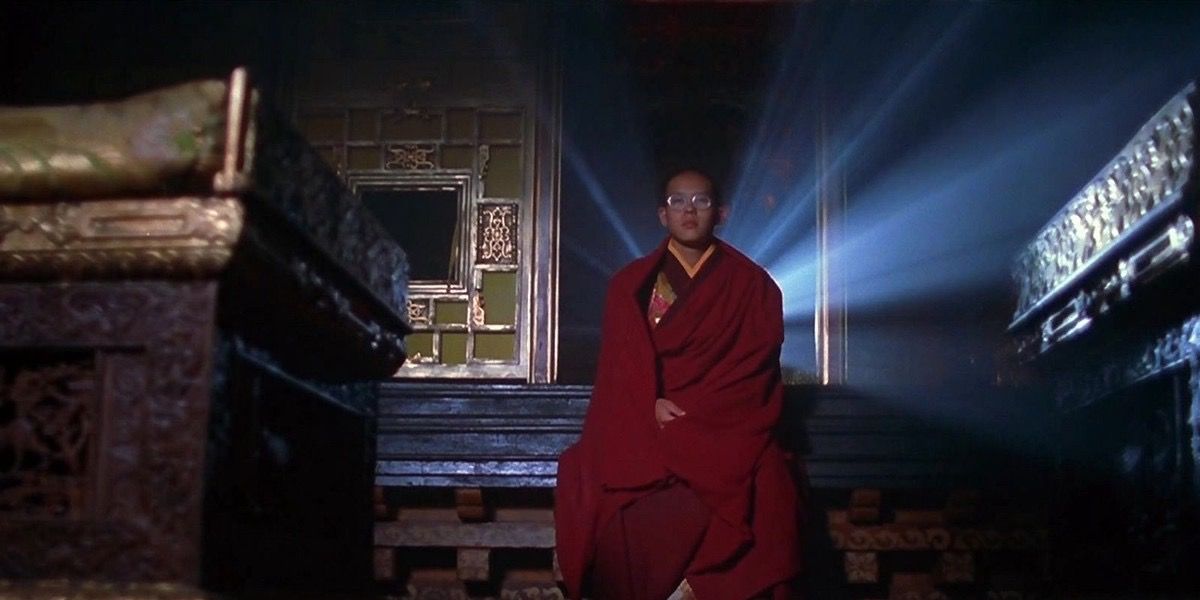
There are a number of actors who have had their breakthrough in a Scorsese movie, whether it’s Margot Robbie in Wolf of Wall Street or Joe Pesci in Raging Bull. But those actors were already well-known up to a point and cast alongside a movie star like De Niro or Leonardo DiCaprio.
There has only ever been one time when Scorsese has cast a relatively unknown actor in the lead role, as Kundun sees Tenzin Thuthob Tsarong play the Dalia Lama. The movie is a biographical epic, as it spans two decades of the life of the 14th Dalia Lama in Tibet. Tsarong’s portrayal of the real-life character is fantastic, but most would agree that he isn't as recognizable as other actors since he hasn’t performed in anything since.
3 3D
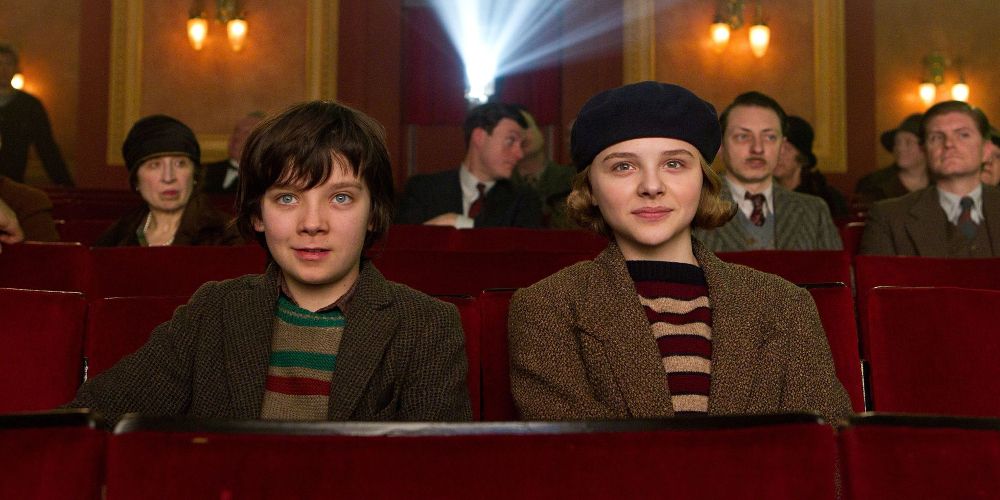
Hugo is seemingly an outlier in Scorsese’s filmography for so many reasons, but the biggest factor of all is that it’s the director’s only 3D movie. As Hugo was released at a time when critics didn't want to subscribe to the fact that 3D was the future of cinema, the director added prestige to the format.
The film made every critic look at 3D differently. Scorsese didn’t use 3D in a way that made it look like objects were popping out of the screen, but it was tastefully done to enhance the cinematography. However, though it’s one of the best 3D movies of the 2010s, it’s also rather telling that the filmmaker hasn’t returned to 3D since. According to The Film Stage, Scorsese did consider shooting Silence in 3D, but that never came to fruition.
2 De-Aging
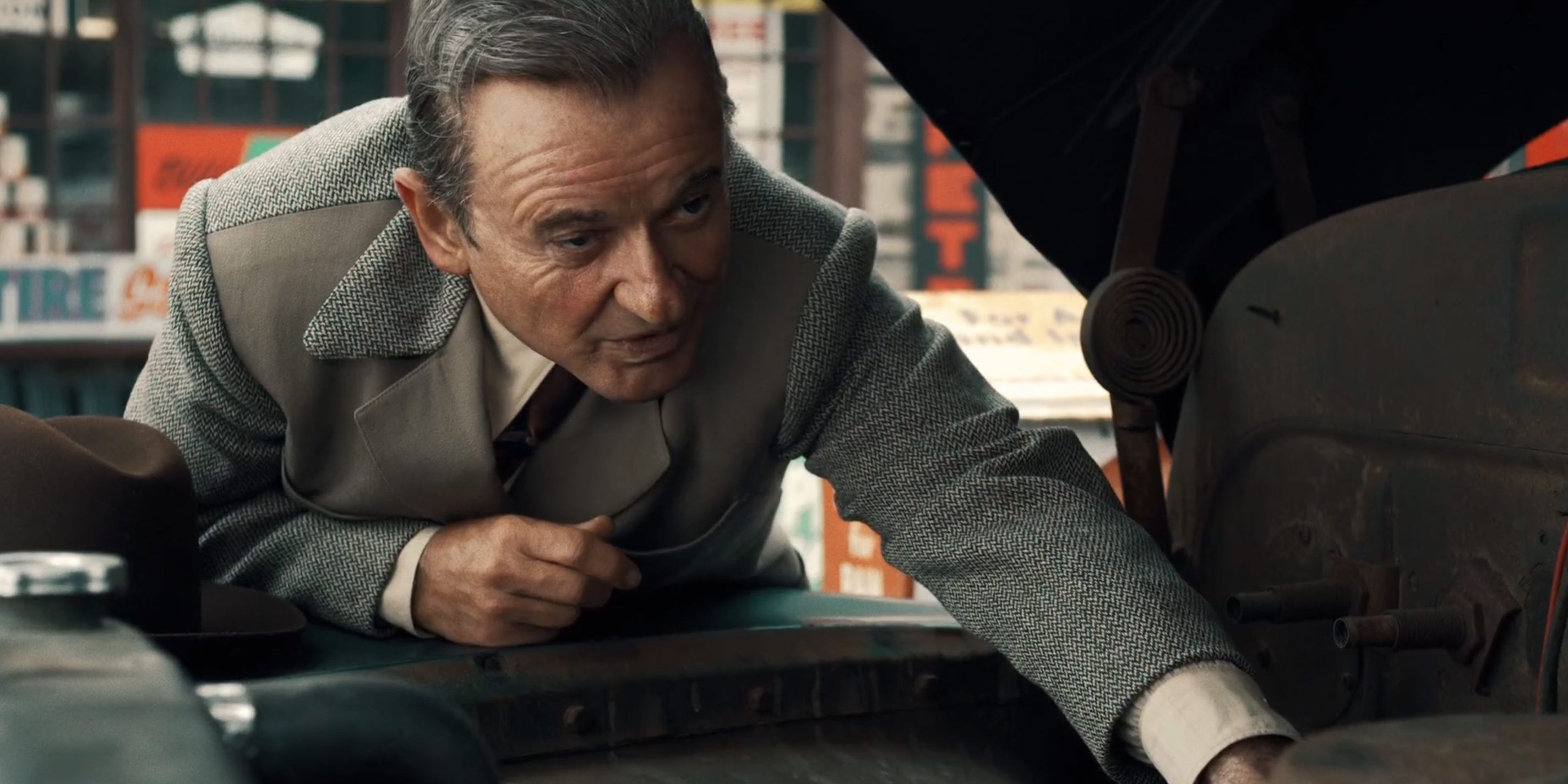
Though it only recently happened in The Irishman, he had never attempted it before and it doesn’t look like Scorsese will try it de-aging again. The movie went astronomically over budget and each scene had to be shot with nine different cameras just so they were able to create the de-aging effects. The cameras even had to be built from scratch specifically for the movie.
The de-aging technique doesn’t exactly sound like an easy process. However, given that a fan-made deepfake was better than the original, the director might return to the technologically in the future, but he’d wait until it has advanced a little more before he does.
1 Directing A Female-Led Movie
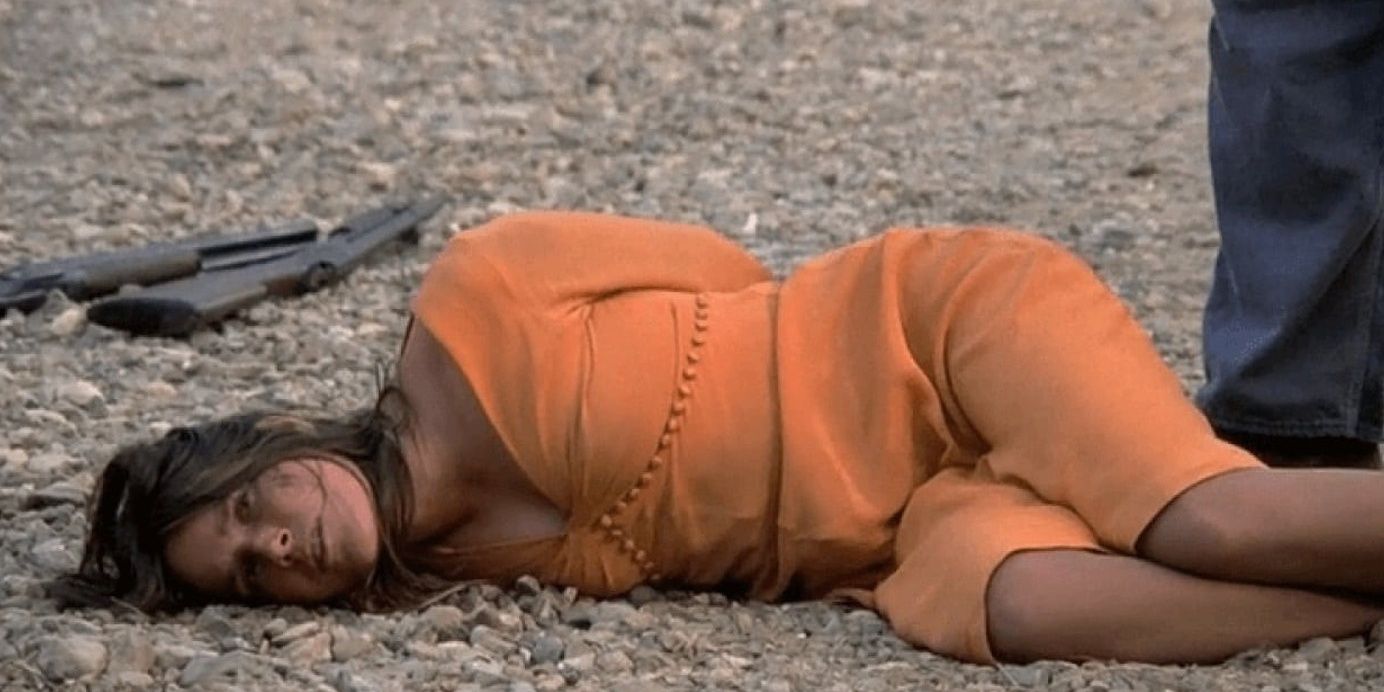
Most of Scorsese’s movies are accurate depictions of the mafia, so it isn’t surprising that none of his movies are led by women. However, there is one female-driven movie that he directed, and it was his second film back in 1972.
Boxcar Bertha follows the titular character who becomes a fugitive after being involved in a murder. It’s hard to believe the movie was directed by Scorsese as hardly features any of the trademarks that the filmmaker has become known for.
from ScreenRant - Feed https://ift.tt/38lT2il

No comments:
Post a Comment